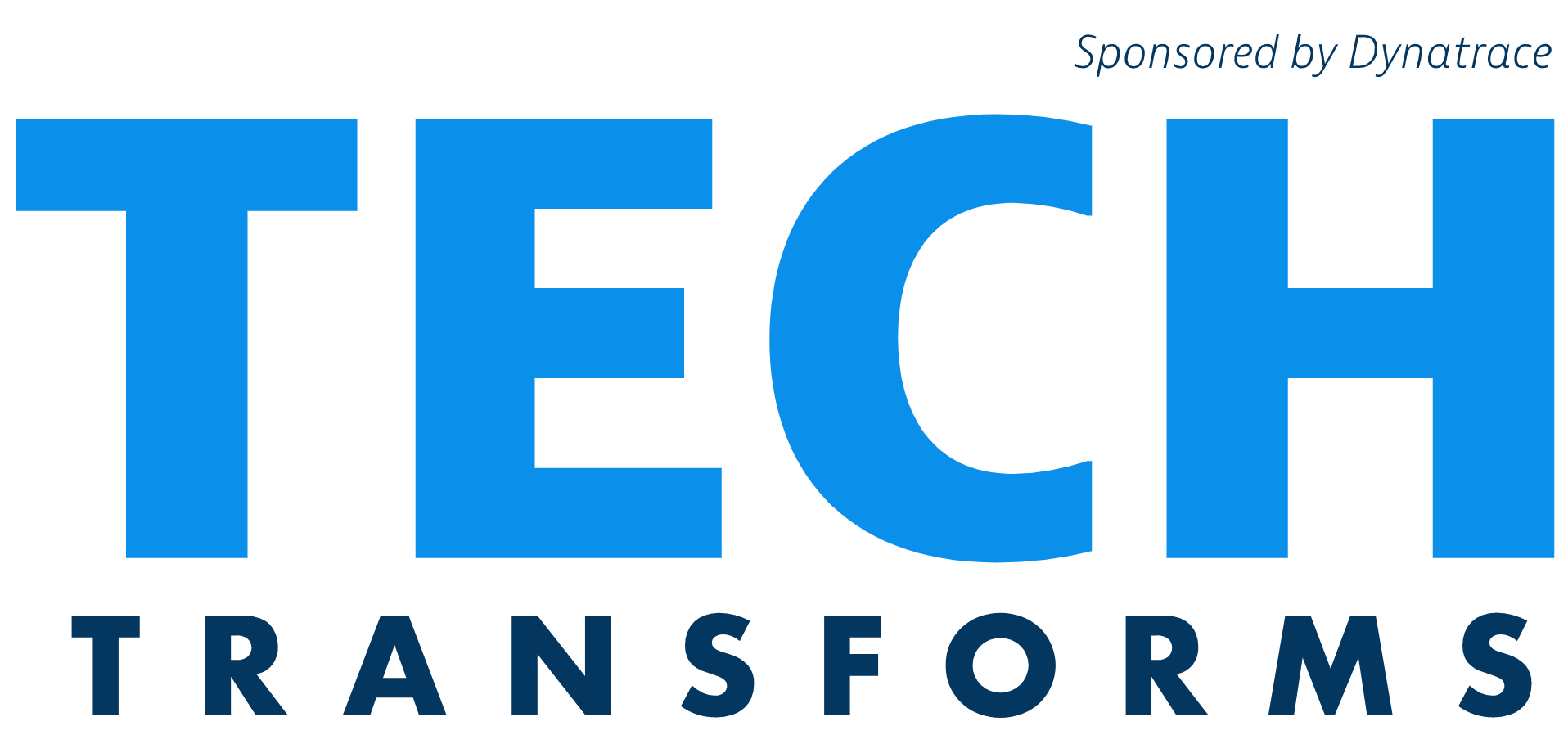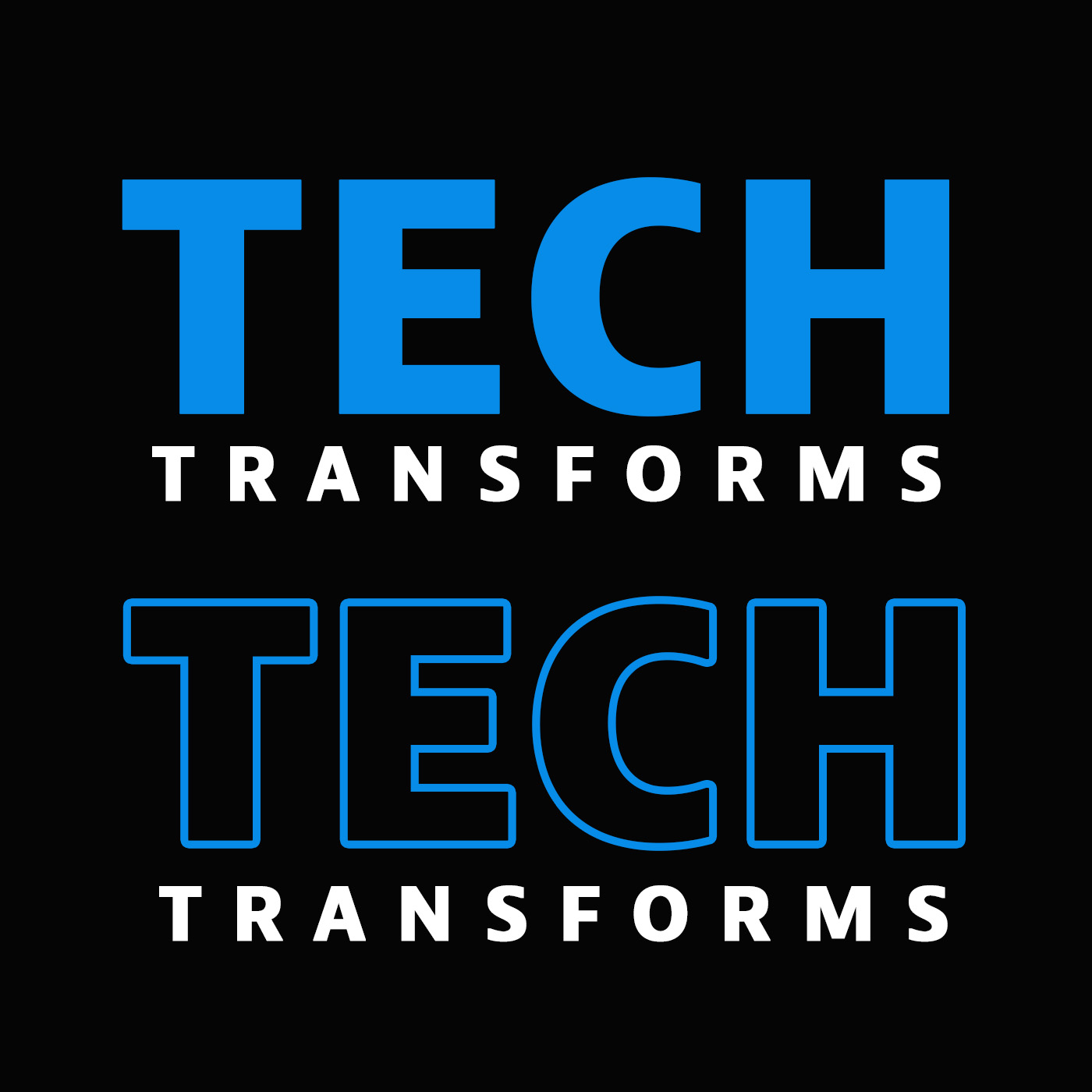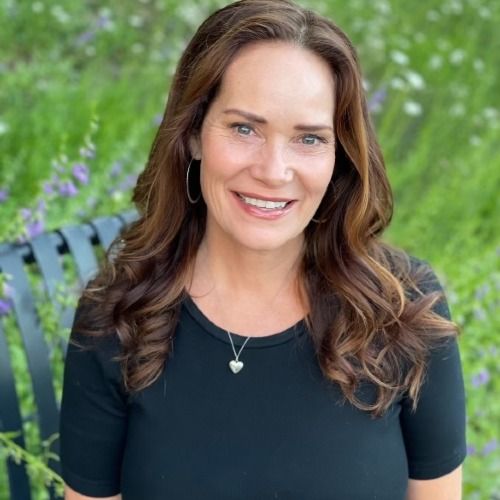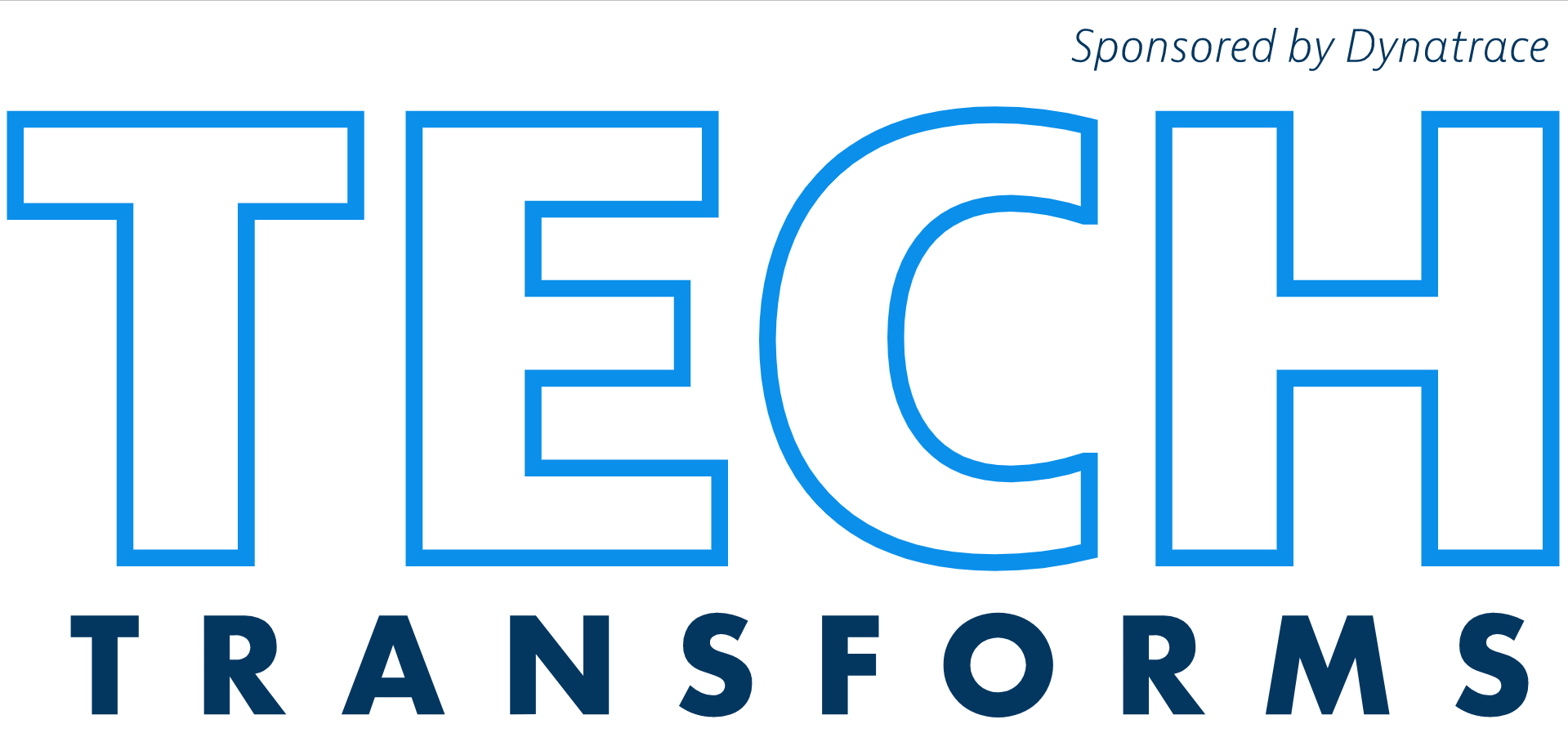Episode 4
Best Practices, Better Experiences, With Jonathan Alboum
What matters most when it comes to providing the better experiences for our citizens? Listen as Jonathan Alboum of ServiceNow outlines the importance of preventing information from getting lost in the sea of data.
Episode Table of Contents
- [00:45] Moving Fully Into Better Experiences
- [09:15] Providing Better Experiences More Effectively
- [14:41] A Control Tower Approach
Episode Links and Resources
- Sapiens: A Brief History of Humankind
- Transforming citizen experiences in federal healthcare agencies
Moving Fully Into Better Experiences
Carolyn: We're excited to have Jonathan Alboum, who is the federal CTO of ServiceNow. He was formerly the CIO of the U.S. Department of Agriculture before moving fully into the service industry in 2019. I don't like that term, "moving fully into the service industry". When I read through your bio, I feel like you've been in the service industry your whole career.
Jonathan: Good point, I began my career after college. I went to UVA, same place that Mark went to school, but he went a few years before I did.
Mark: You had to point that out Jonathan, thank you.
Jonathan: He went when it was really, really fun. I went when it was just fun. But you know, when I exited college with a systems engineering degree, I joined a professional services firm. I worked at Pricewaterhouse and I learned management consulting, and we were doing services. We were implementing systems and different technologies for customers. Eventually, I moved to a smaller company. I was working on the same kinds of projects, doing professional services, helping organizations do modernization.
We weren't focused on this big grandiose term of IT modernization or digital transformation, which were the same kinds of things we were doing. We wanted people to have better access to data and systems so things could happen more efficiently.
It's the same kinds of things we're doing today, even if we use different words. I was in a service role before the government. When I joined the government at the food and nutrition service part of USDA versus the deputy CIO and then the CIO for that agency.
Providing a Strong Service and Better Experiences
Jonathan: We're a service provider to the programs at the food and nutrition service. So if the office of information technology at food and nutrition that I was responsible for wasn't providing a strong service, the programs would find another way to get their job done.
We could be shut out of that conversation. That's a terrible place for a CIO to be at. Cut out of the technology or the core business processes or the budget. So I always had a strong focus on service and that reality continued through my career. As I moved to general services administration, or back to the department of agriculture, to be the CIO for the entirety of the department, you have to be able to provide a service.
I eventually exited government and found my way to ServiceNow. I’d say the lessons I learned along the way are in terms of what it takes to provide a service that people want to use, and that they will partner with you on. Those things really informed the way I go about doing my job at ServiceNow. ServiceNow, it's a technology provider that supports this idea of service management. It's not customer relationship management.
We have tools for that, but you have customers, you want to provide them a service. Well, you have to think about the end to end workflow. How does the person interact with the system and what are they trying to get out of it? You think about it comprehensively.
I feel like I'm well positioned to do that based on these other roles that I've had. I've either been the creator of a service or the provider of the service. Now I can really think about it in a holistic manner.
A Pioneer of Digital Transformation
Carolyn: I like what you said about digital transformation. We didn't call it that at the beginning of your career, but really you're a pioneer of digital transformation. So not to call you old.
You've really built your career, figuring out how to make things better and faster and really through digital. As I looked at some of your stuff online, you're all about data.
Jonathan: I have a person I want to thank for that. Her name is Kelly Chambliss. She was one of the first managers that I worked for at Pricewaterhouse and I haven't seen her in many years. I always remember her because when I was very early in my career, it was my first Pricewaterhouse project for an insurance company. It was a visual basic project and it was like 1995 or so, it was a long time ago. I remember telling her, "I'm going to really learn visual basics. I'm going to be this great visual basic developer".
She looked at me, sort of funny, and said, "you know, maybe that's not the best path for your career, technologies come and go. But if you focus on process and data, you'll be really valuable on this project or any future project that you're on." That was really excellent advice. As you point out, a lot of what I talk about is data and how data moves through the environment. How the work moves through an environment and thinking about how you can automate some of those things.
The Data and the Process
Jonathan: It's about the data and the process, and you can swap out one technology for the other. You're still trying to solve that same problem. We just have better ways of interacting with the data or the process today. Or we have more ways to automate it or more people can be dealing with the same data at the same time. We can have cloud technologies and other things that give us the ability to go faster, maybe.
But still, at the core are these things that I learned on that first project about thinking about a process. Thinking about data and trying to improve it. We have more tools to do that now. It's the same motion, so it's a really good observation, Carolyn.
Carolyn: I heard an interview with the author of Sapiens. I don't know if you've read that book. It doesn't really matter. What he said was, there we go!
Jonathan: I just recommended this book and it arrived the other day. But I haven't picked it up. I haven't had a chance to read it yet, but it was highly recommended by a friend of mine.
Carolyn: So, same. I have not read it, but it keeps coming at me, which for our listeners, Jonathan just held up a copy of the book. Now, I got to get it too. What he said was "Whoever owns the data, controls the data. And here's the key, can understand the data is going to win." Then something else said what was really funny to me. It was, "Never underestimate the power and the limitlessness of human stupidity." Looking at your profile, it just made me think of the data. Like, what do we do with all this data?
Establishing Better Experiences Is a Big Challenge
Jonathan: That's a big challenge. There's more data today than there was yesterday. Tomorrow there'll be even more data in the world and on and on and on.
Carolyn: Let's qualify it. When we say data, like we kick that word around, but give it to us in billions. What are we talking about here?
Jonathan: Well, when I talk about data, it's both the data that's in a system. We might be interacting with the system or we're putting data into a system. It's also all of the things that get created as we do a particular business process. The forms we fill out, the pictures we take, the conversations we have, the videos we create, all these things are data. They all have a role in informing someone about the process, the person, and all of that.
It's very easy for the information to get lost in the data. Because, some of the data's not important, some of it is really important. Figuring out what's really important is part of the key.
You go back to that process of conversation a little bit. If we put it in a business or a government setting, we're trying to improve a service we're providing to a customer or a citizen. Thinking about it that way, you can really understand how the work flows through the organization, which is the data's representation of what that work is. You can be focused on the things that make the biggest impact and you can really find, sometimes we'll call it "the moments that matter". Where either data is getting created or data is needed.
Providing Better Experiences More Effectively
Jonathan: If you can get quick access to it, now you can provide that service much more effectively. One of the ways that I think about this is all the data that exists in the environment. I'm trying to provide that service to a citizen. It might be in different systems, or it might be in spreadsheets. Or it might be on a piece of paper that I printed out.
If I have to move between all those sources of data to get you the answer that you need, I'm not really providing you a very great service. So one thing is understanding where all the data is and the next part is being able to connect it. Once that data is connected and you can bring it together on a single platform, a single place to go to see it, I can now interact with it and get you an answer much faster. I can provide you a service much faster.
When we're doing that in a government setting, we're providing a really great service to the people we serve as government employees or people that support the government. Well, now you begin to change the way people think about their government and you begin to inspire more trust. We create more engagement.
If we can think about technology and data in that sense, now our jobs, in the federal IT community and in the broader technology community, they take on a little bit of a higher calling. Cause we're really focused on ways that we can strive to a better society. That might be a grandiose idea, a pie in the sky. But I mean, I believe those things, cause I think it does make a real difference.
Prioritize the Citizen’s Better Experiences
Mark: When you talk about prioritizing the citizen experience to improve quality of the services or what they're experiencing, are you talking about applications in technology? Are you talking about the quality of the actual service that they're trying to receive or both?
Jonathan: I always try to think about it from the customer's perspective. I want to try and take an outside-in view of these things we're trying to automate or digitize. If I'm thinking inside-out, I'm thinking about my agency or my government program, I'm creating a system that works in a way I want it to, as the government program manager. There might be a citizen interaction, but I'm thinking first about me and my job.
I'm not necessarily thinking about that person who's using the system, who might also say, I'm at my government program and I have a set of customers. They are probably customers of other similar programs. If you think about entitlement programs, say SNAP or WIC or unemployment insurance or Medicaid, you may have the same person in multiple programs. And if I'm a state government and I'm creating opportunities for people to apply for these programs, there might be four or five different applications.
If I can think about it from that customer's perspective, they're trying to do three or four or five things kind of around the same time. Can I design with the human in the middle, with the human at the front? A human-centered design approach that creates opportunity for them to be a lot more efficient and effective than signing up for these programs. Can I take information from one application and apply it to the other application?
Privacy Requirements
Jonathan: These things are very logical and it makes sense. Sometimes there are regulations or privacy requirements that might get in the way of that. You know part of it's having the conversation and the dialect to understand what's possible. What are the limitations? And engaging in a discussion about, "can we change some of these things to make it easier for people to interact with their government?" People shouldn't be forced to interact with the government.
People should have the opportunity to interact with the government in the way they want to interact. They shouldn't be forced into a certain way because we have legacy technologies that don't interact.
The state is not integrated, that Jonathan is represented differently across five systems and someone who tries to look at the opportunities from a comprehensive, we can't do so easily. It's not easy to see that I'm the same person trying to do multiple programs because I have a particular need at a particular time. That's the idea of citizens-centered services.
Carolyn: I love that idea of citizen-centered services. Then I think about the poor guys trying to make this citizen-centered services because now you're talking about all these different applications. The data just got exponentially bigger. How do we manage it?
Jonathan: If you’re starting from the very beginning, you’d take a different approach than, maybe you have to take today because we have what we have. If you are going to build it from the start, you could design it with a mindset of "I'm going to create a central hub with these different capabilities and build it a certain way." But we can't undo or we can't change all the systems at once.
A Control Tower Approach
Jonathan: What I’d like to talk about is this idea of having something that is a connected tissue across programs, the connected tissue across systems. It's almost like a control tower approach for these capabilities. You can connect systems and data. You understand what the processes are, how that work flows. Now you're able to begin a conversation about the customer experience and how it may work across these systems.
You don't have to be focused on individual system modernization multiple times, so across all your systems. And you may want to upgrade those systems over time. They may need modernization to become more secure, or for some, maybe the technology is no longer supported. But, now you're doing that in a more controlled manner. You're not doing that with the urgency of providing a better service because you've taken that interaction layer and integration layer. You've moved it up, you've connected the systems. Now over time, you can swap out the things underneath that are connected to that platform.
That's sort of a platform as a strategy. Sometimes I'm out there talking, because there's a faster, lower-risk path to doing some of these more digital services. It's a faster way to digitally transform the way we interact with our citizens. It drives us towards more of an anticipatory government approach when you think about the citizen comprehensively, I can predict some things they might need. Or I can reach out to them proactively and provide them information. I'm thinking about the citizens as a whole. That's what we want to strive for.
Mark: Are you seeing this concept, these concepts get adopted in government?
Better Experiences At the State and Local Level
Jonathan: Yes, I am. As I talk with different agencies, I interact with some of my colleagues who are thinking about this at the state and local level. We have these conversations with CIOs. From their perspective, the modernization of all the individual systems is not the way to speed that digital transformation.
Carolyn: I want you to repeat what you just said. Modernization is not the way to speed.
Jonathan: Let me elaborate on that. If I'm going to try and modernize individual systems in the example I was talking about, I'm going to go system by system. Try to modernize from a mainframe to some cloud-based modern system. I have to repeat that for all of these programs or all of these services I provide. Those are really hard, complicated projects that require new technology skills that require a lot of change management.
You may be running systems in parallel for a period of time. There's a lot of risk with that. So you can't do that across all your systems. The conversations that I've had with different CIOs at the state and local level, and the federal government, it's about how do we provide digital services faster?
What's a way to speed the digital transformation of the way we interact with our customers? That's more of a platform approach that is the connective tissue across systems where the data can be integrated. The systems can be integrated and you can drive to a citizen-focused outcome a lot faster. Again, we still have to think about modernizing those underlying systems. But if that's where you're starting, you can easily get bogged down and the results you're after.
Legacy Systems
Carolyn: Well, I asked you to stop so we could repeat it because what you said feels a lot more doable. I literally felt myself breathe, like, "oh, we can do that." But to take on the legacy systems is overwhelming.
Jonathan: I totally agree, you have to understand them for sure. You have to know what you're dealing with. And you have to understand the data in those systems. We were talking about data before. If you don't understand what and where all the data is, it's really going to be very hard for you to protect all of that data. Make sure you have good data protection to make sure that you have the right level of security.
But there's a difference between understanding all of that information on the systems. And taking a perspective that I need to move off of all of these legacy technologies at once, so I can have a modern environment. I just don't think that's a practical approach. Because you know, CIO's, they have to operate very complex environments every day. Those technologies and those complicated environments only exist because there are technologies.
There are government programs that require those technologies. It's not IT for the sake of IT, it's IT in the spirit of customer service, citizen service. So you can't commit to modernizing everything and expect to be able to provide un-disrupted services. It just feels too risky from our perspective.
Mark: Or maybe agencies were forced to embark on this transformation before they may be ready to. For example, the pandemic. I know you recently gave an interview that you talked about.
Digital Transformation For Better Experiences
Mark: You said you felt like agencies should take a pause and their momentum or their digital transformation. Consider whether those processes were put in place because they were forced to. Given the circumstances with the pandemic or whether they're sustainable, or they make sense.
Jonathan: I stand by those statements and I talk about it as a strategic pause. One of the things that I've learned is that sometimes if you go too fast, you can create some blind spots in your professional life, your personal life, whatever. We are pushing towards a goal. We're not necessarily considering everything else that's happening. We had to do that, we had great urgency in the early days of the pandemic. There are some technology opportunities and service opportunities that emerged from there.
Carolyn: We've already seen some huge technology advancements coming out of this pandemic. Thank you, Jonathan, for this great insight. It's been a pleasure to have you on the show and...




